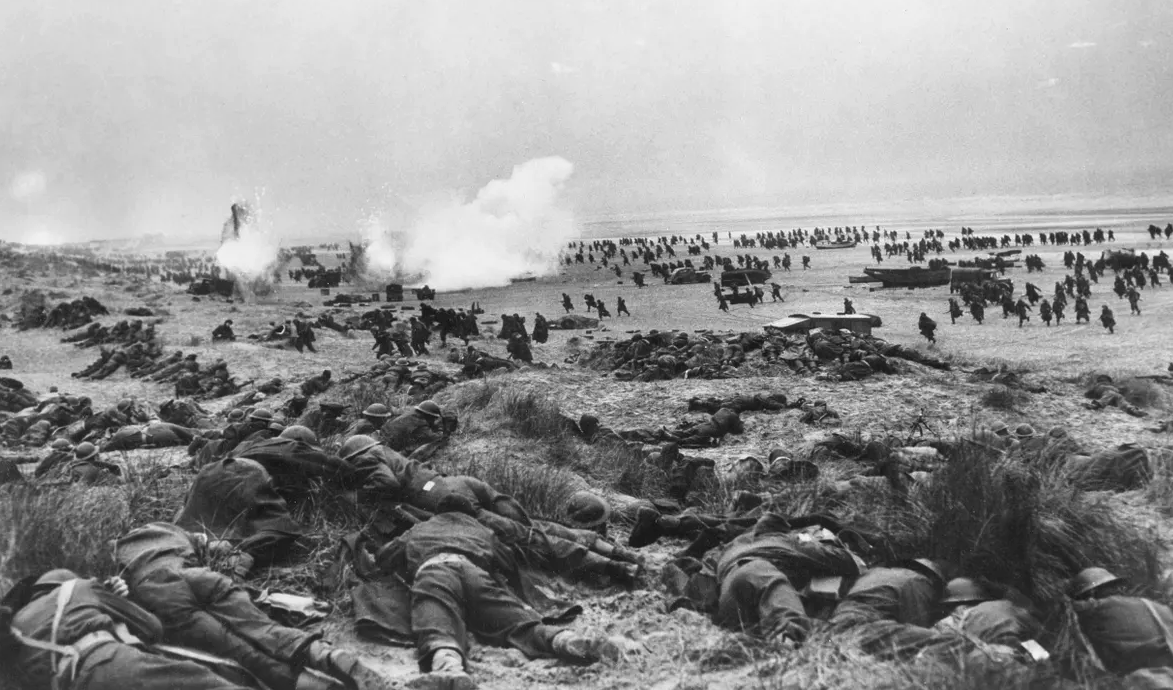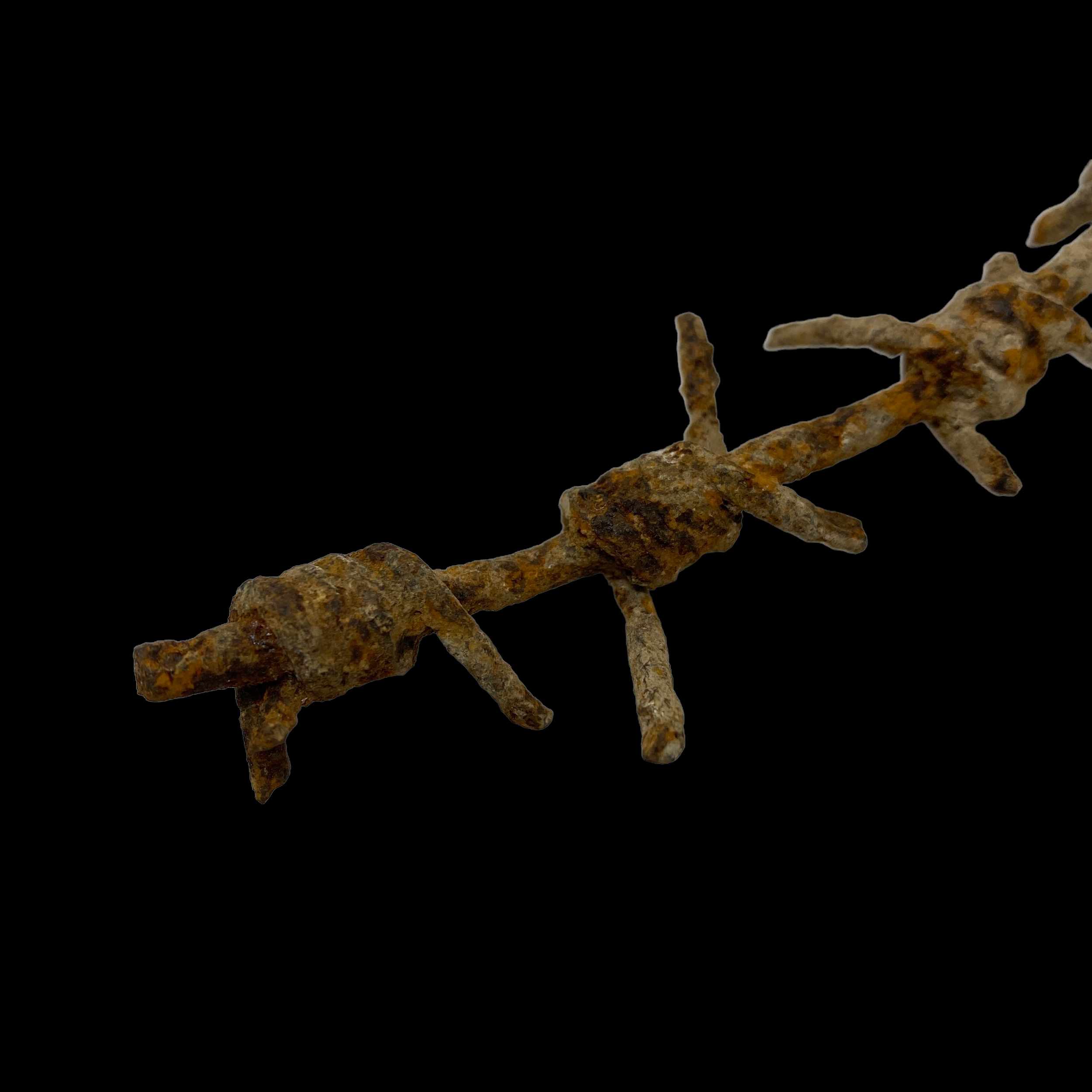RARE! WWII 1940 Operation Dynamo Dunkirk Evacuation German Atlantic Wall Defense Barbed Wire










RARE! WWII 1940 Operation Dynamo Dunkirk Evacuation German Atlantic Wall Defense Barbed Wire
Comes with hand-signed C.O.A.
For sale is a piece of authentic German Atlantic wall defense barbed wire, recovered from the Dunkirk evacuation in France during World War II.
The Dunkirk evacuation, also known as Operation Dynamo, took place in May and June of 1940. It was a military operation in which Allied troops, primarily British and French, were successfully evacuated from the French port of Dunkirk, which was surrounded by German forces. The evacuation was a crucial moment in the war, as it allowed the Allies to regroup and continue fighting despite suffering heavy losses in the early stages of the conflict.
This piece of barbed wire is a rare and unique artifact from this important moment in history. It is a tangible piece of the German Atlantic wall, which was a series of fortifications built by the Germans along the western coast of Europe to defend against an Allied invasion. The barbed wire would have been used to create obstacles and barriers to slow down enemy troops and make it more difficult for them to advance.
This piece of barbed wire is in excellent condition, considering its age and the circumstances of its recovery. It would make a fantastic addition to any military history collection or as a conversation piece in a home or office setting. Don't miss this opportunity to own a piece of history.
Allied evacuation at Dunkirk:
The Allied evacuation at Dunkirk, also known as Operation Dynamo, was a military operation that took place in May and June of 1940 during World War II. The operation was conducted by the British and French armed forces and was a crucial moment in the war, as it allowed the Allies to regroup and continue fighting despite suffering heavy losses in the early stages of the conflict.
In the early months of 1940, the Germans had made significant gains in their invasion of France, Belgium, and the Netherlands. By May, they had reached the French port of Dunkirk, which was located on the northeastern coast of France, near the border with Belgium. The British and French forces that were stationed in Dunkirk were surrounded by the Germans and were in danger of being captured or killed.
To evacuate the Allied troops from Dunkirk, the British government launched Operation Dynamo. The operation was led by Vice Admiral Bertram Ramsay, who was responsible for coordinating the naval and military efforts involved in the evacuation. The operation involved a combination of naval ships, civilian boats, and military vehicles, all working together to transport the Allied troops from Dunkirk to safety in the UK.
The evacuation began on May 26, 1940, and continued for nine days. During that time, a total of 338,226 troops were successfully evacuated from Dunkirk. This included over 200,000 British soldiers and more than 100,000 French soldiers. The evacuation was a remarkable achievement, given the circumstances and the number of troops involved.
The operation was not without its challenges, however. The German army had control of the airspace over Dunkirk, which made it difficult for the Allies to transport their troops by air. Additionally, the German navy was present in the area, which made it difficult for the Allies to transport their troops by sea. Despite these challenges, the Allies were able to evacuate a significant number of troops thanks to the efforts of the naval and military personnel involved in the operation.
The evacuation at Dunkirk was a significant moment in World War II. It allowed the Allies to regroup and continue fighting, despite suffering heavy losses in the early stages of the war. The operation was a testament to the bravery and determination of the Allied troops and the personnel who coordinated the evacuation. It is a moment in history that will always be remembered as a symbol of hope and perseverance in the face of adversity.